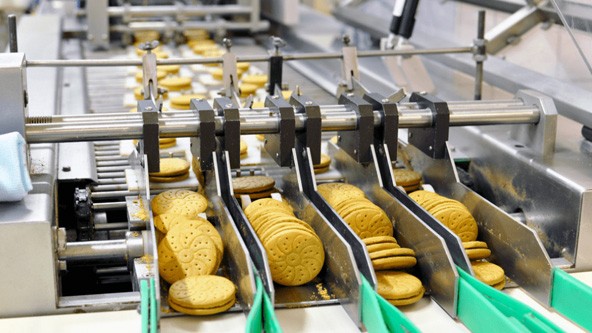In today’s fast-paced food industry, efficiency is everything. A high-performing food machine that integrates multiple functions—such as mixing, filling, forming, and packaging—can drastically improve output and reduce labor needs. As production demands rise, multi-function equipment has become a go-to solution for manufacturers seeking to optimize workflows while maintaining consistent product quality.
Streamlining Complex Workflows
One of the most significant advantages of multi-function food machines is their ability to handle several processes within a single line. Traditionally, food preparation involved multiple machines, each performing a specific task. This approach not only required more space but also increased downtime due to manual transfers between steps.
Modern multi-purpose systems eliminate these inefficiencies by combining critical stages. For example, dough can be automatically mixed, shaped, and baked in a continuous flow, reducing waiting periods and minimizing human error. With such automation, businesses can process large volumes without compromising hygiene or consistency.
Moreover, these machines are often equipped with programmable logic controllers (PLCs), allowing for quick recipe changes and process adjustments. This adaptability is ideal for facilities that produce a range of products or seasonal items, making them more responsive to market demands.
Saving Labor and Reducing Operational Costs
Labor shortages and rising wages have pushed many food producers to reconsider how they allocate human resources. Multi-function machines reduce the need for manual labor in repetitive or physically demanding tasks. By automating steps like portioning or sealing, operators can be reassigned to higher-value tasks such as quality control or product development.
This shift not only saves time but also contributes to a safer work environment by minimizing contact with hot surfaces, sharp tools, or high-pressure systems. Additionally, fewer machines mean reduced maintenance schedules, lower energy consumption, and less cleaning time between production cycles.
The investment in an advanced system may seem high initially, but long-term savings in operational costs, waste reduction, and improved speed often deliver a strong return. For small and mid-sized businesses, entry-level multi-function models are available that offer scalability as the operation grows.
Making the Right Choice
When choosing a multi-function machine, it’s important to evaluate your specific production needs. Consider the types of products, production volume, space limitations, and sanitation requirements. Some systems offer modular configurations, allowing for future upgrades without major changes to the production line.
To explore a wide range of high-efficiency equipment designed to support food manufacturers from mixing to packaging, visit https://www.hg-machine.com/. Their machines are built to meet the evolving demands of modern food processing with flexibility and reliability.



